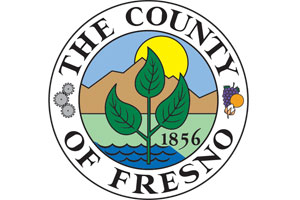Celebrating California Agriculture . . .A Farmer Can Be The Cowboy, Buying Everybody Drinks
Peterangelo Vallis Offers Advice on How Farmers Can Connect with Public
By Patrick Cavanaugh, Farm News Director
Peterangelo Vallis, executive director of the San Joaquin Valley Wine Growers Association based in Fresno. He says if you were to go around the world and see how farmers interact with the public, you would observe their interactions are different in other countries than here in California.
“Especially if you go to Europe, agriculture is pervasive in the countryside. If you have a city, automatically you’re going to have farmland around it,” Vallis said. “It’s a little different than what we have in California, where you have urban spaces, some desert, mountains and then you tend to have agriculture, but realistically the core portion’s the same.
“If you go to France or Italy, your main business is agriculture. Farmers are not looked at as being different somehow. They are looked at as businessmen who happen to make the food that we’re serving on the table, you’re buying at the store or the restaurateur is preparing for you to enjoy,” he said.
There, they think about the farmer—the agriculturalist, who brings that food to them as “filling up your happy, cheese-loving belly. That’s something that we are totally missing in this country because, by and large, our rural populations are removed from our urban populations,” Vallis said.
 “As a result, that’s on us, with our own PR for our own businesses—to come into town and make a place for ourselves. . . show ourselves off so that people recognize when we come in and are thinking about us when we’re not there.”
“As a result, that’s on us, with our own PR for our own businesses—to come into town and make a place for ourselves. . . show ourselves off so that people recognize when we come in and are thinking about us when we’re not there.”
“It’s just like in the Old West. No one worried about the guy that slunk in the back door of the saloon and just sat there with his hat down hoping no one would shoot at him. But everyone knew the guy with the black hat who walked right through the front door into the middle of the bar, said hello and bought everyone drinks. That’s us!” Vallis said.




























